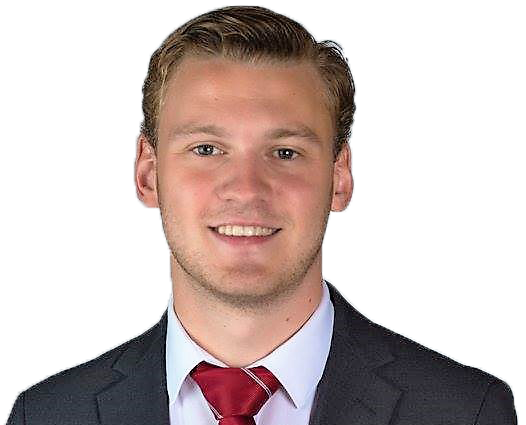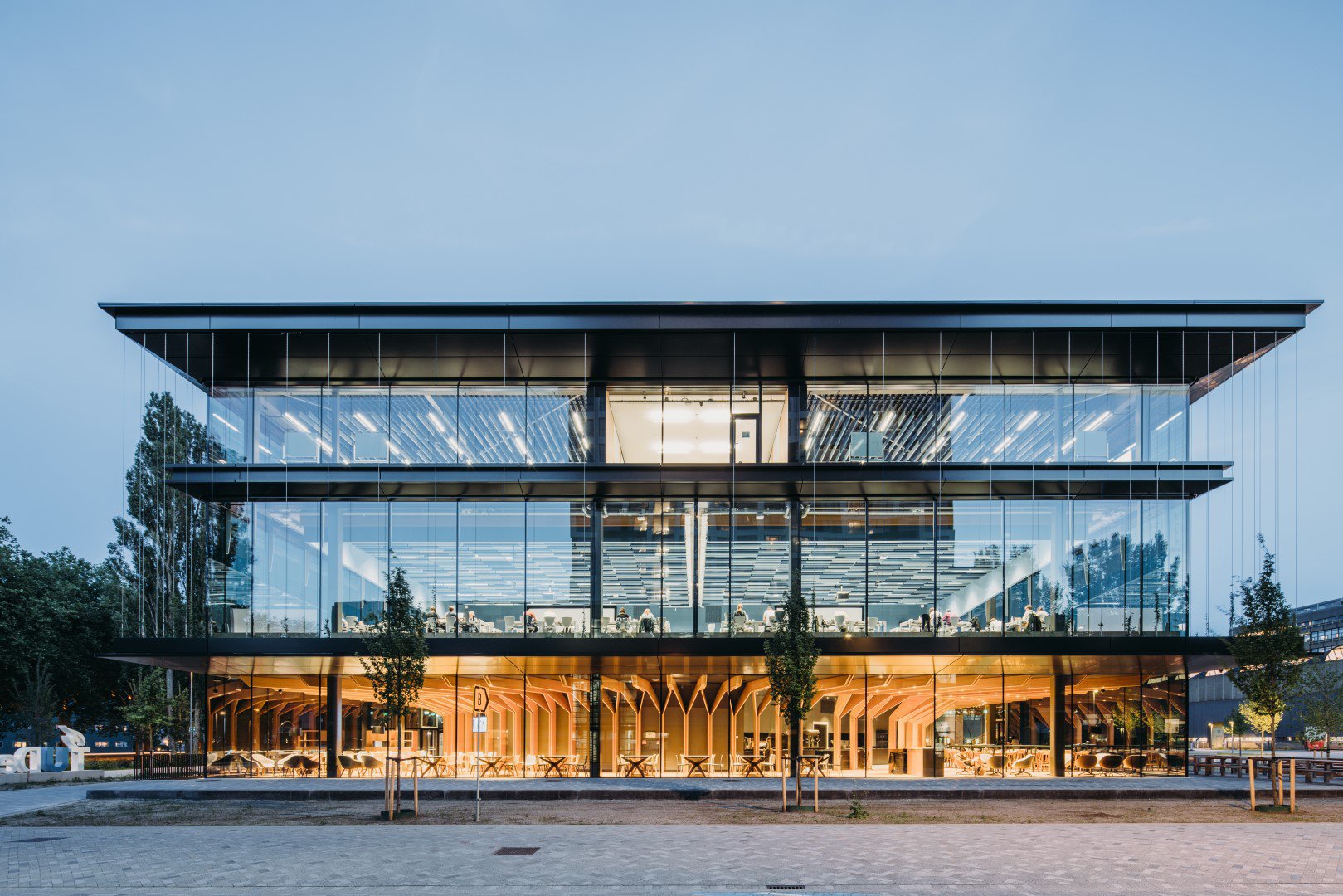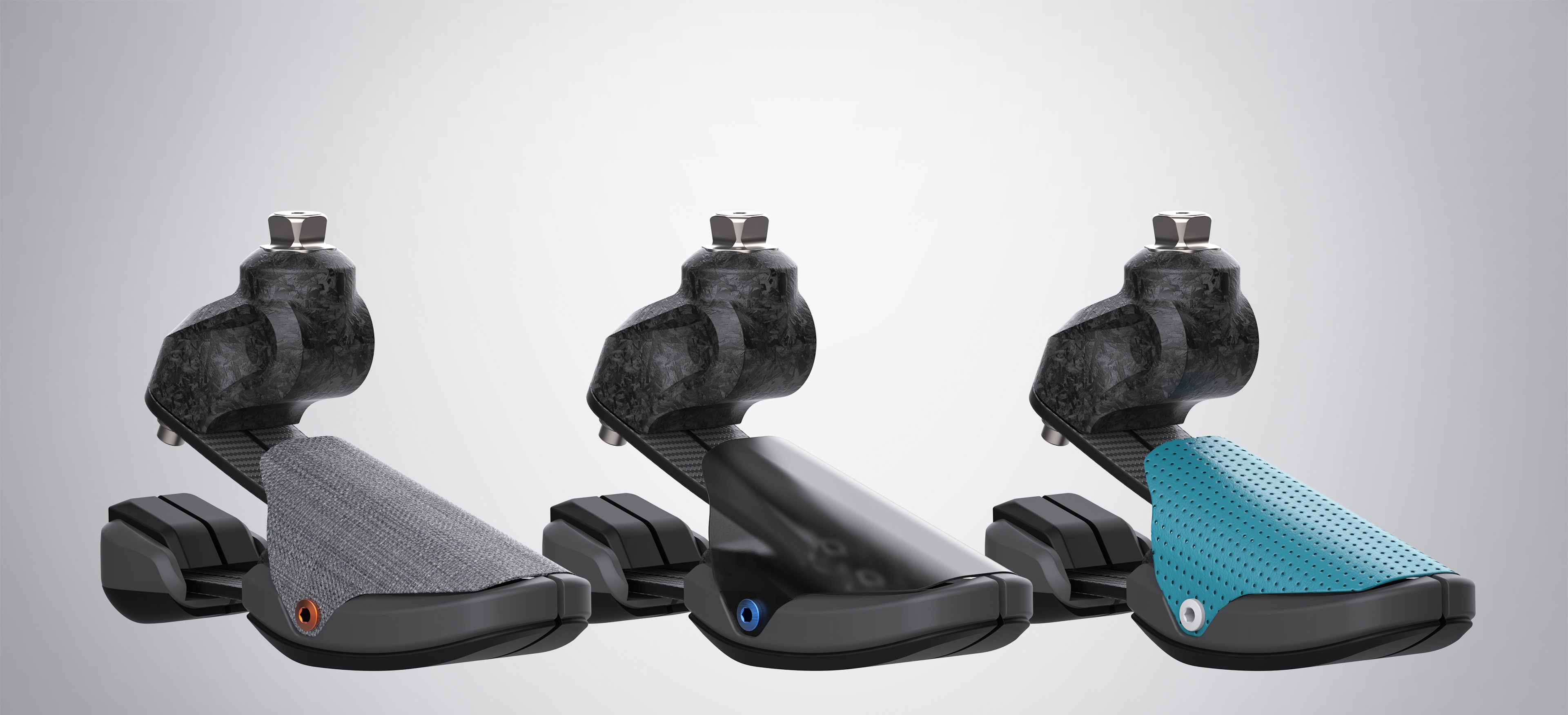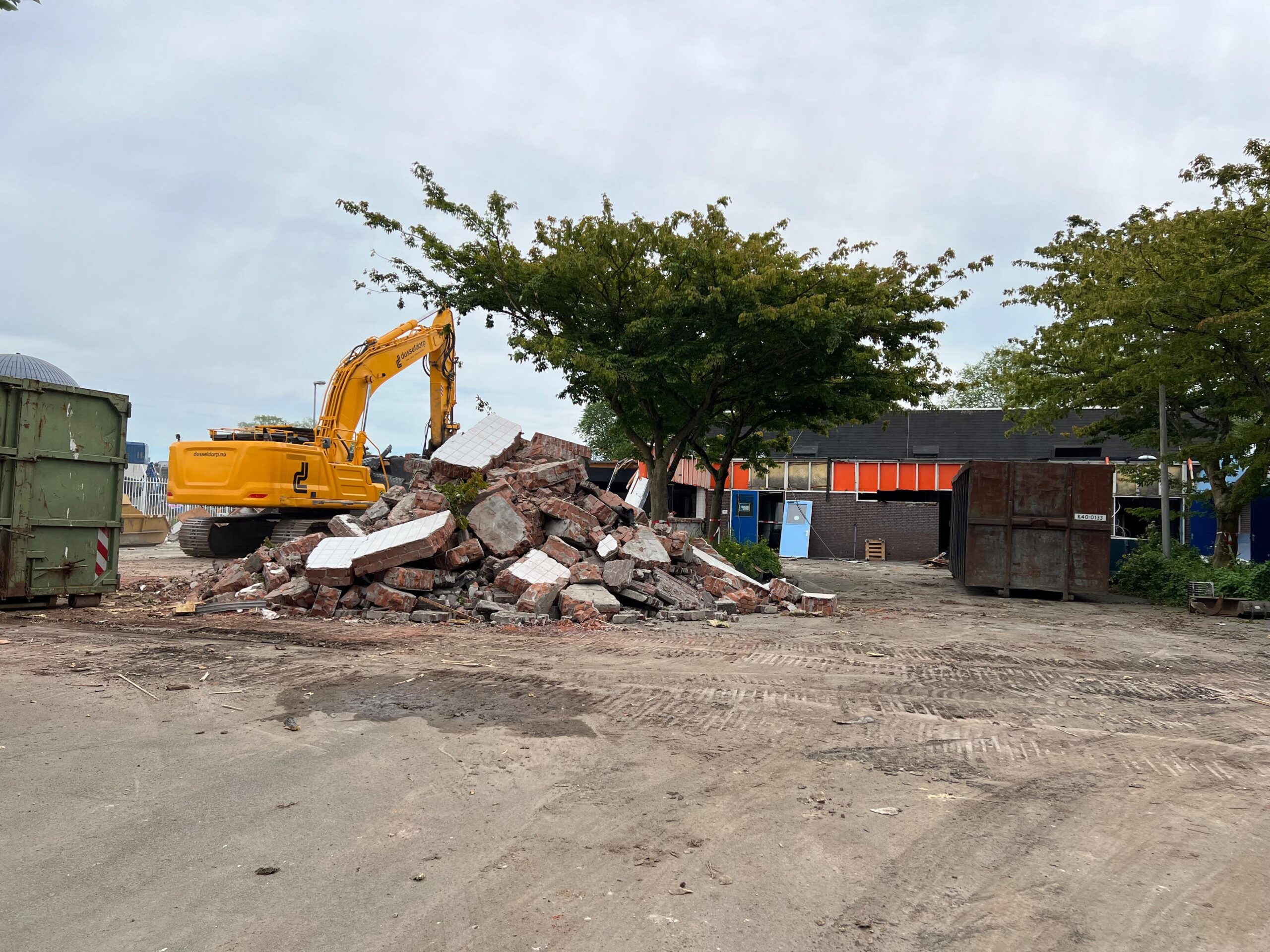Generating and storing energy from sustainable sources: it is one of the greatest challenges of our time. Usually energy from wind, sun and water comes to mind, stored in batteries and storage cells. But sustainable energy can also be generated on a very small scale. And that energy can sometimes be present in unexpected places – and used on site – no grid or batteries needed. Thijs Blad, with his start-up MEMSYS, is looking at the possibilities of charging batteries with movements and vibrations from the nearby environment. ‘I am looking forward to a future where we are much less dependent on non-rechargeable batteries.’
Blad completed the Bachelor’s and Master’s degrees in Mechanical Engineering cum laude and continued his academic career with a PhD in Mechatronic system design within the Department of Precision & Microsystem Engineering (PME). Within both his graduation project and PhD, he focused on energy harvesting: constructs that ‘harvest’ energy from their environment and store it. Blad: ‘You can build those from so-called piezoelectric material which generates electricity by deforming. It’s acutally a relatively ‘old’ concept, which has been around for at least 20 years.’
Energy harvesters to generate energy locally that double as a replacement for traditional batteries: the idea kept buzzing in Blad’s head. Batteries are a compact, flexible and independent source of energy for countless devices. But they are also harmful to the environment and replacing them, especially in industrial environments, is often expensive, difficult and sometimes dangerous manual work.
Evolution of the energy harvester
The widespread use of energy harvesters is a challenge: existing designs only generate sufficient energy under very specific circumstances. Within the PME department, Blad came into contact with research into so-called compliant mechanisms. ‘A group of researchers around Professor Just Herder is doing a lot of research into these mechanisms. They are constructions that move thanks to parts made of material that can deform withou using hinges, as is common in ‘ordinary’ constructs.’
This combination planted a seed in Blad’s head and formed the basis for his startup MEMSYS. What if we use those compliant mechanisms to design better energy harvesters? The big advantage of that combination is that they are much more widely applicable in the real world, because they can use many more different types of vibrations to generate energy.’
Never replace batteries again
There is no shortage of vibrations in the places that Blad envisions for these energy harvesters: trains, boats, pumps and industrial environments with heavy machinery – vibration is present everywhere. Even in the human body, Blad brings up: ‘you could use the vibrations of your heartbeat to recharge the battery of a pacemaker, for example.’ For the time being, his focus is on practical applications in (freight) trains. Measuring equipment, such as sensors, can play an important role in maintenance, safety and the reduction of maintenance costs. There is a lot to be gained there, but it is not happening yet, Blad explains. ‘At the moment it is not economically attractive, because batteries often have to be replaced and are located in hard-to-reach places. Replacement is manual work, and that can sometimes only be done by stopping a vehicle or temporarily closing a route. Batteries that constantly charge themselves eliminate those problems.’
Validating with YES!Delft
Blad’s journey as an entrepreneur is just beginning. The Technology Readiness Level (TRL) of MEMSYS is now between 4 (Lab setup) and 5 (testing in the real world) according to his estimations. YES!Delft’s Validation Lab challenged him to conduct customer research and map out the wishes of potential customers. A valuable exercise, according to Blad. ‘Several spin-offs and start-ups have already seen the light day from the previously mentioned PME department of Mechanical Engineering. The research is of a very high level and there are close ties with industrial partners. But as an entrepreneur you need to know where your customers are and where the market is moving – and why someone is willing to pay for your product. YES!Delft has been a great help in this as an incubator with a rock-solid reputation.’
The end of traditional batteries?
MEMSYS is currently in talks with Delft Enterprises about further involvement and/or investments from TU Delft. Blad is also in talks with interested parties about incorporating its energy harvesters into their sensors. In this way he hopes to work towards a world in which fewer and fewer traditional batteries are needed. ‘My final goal? That those old-fashioned batteries disappear completely in all environments where movement and vibration make it possible to generate energy.’




